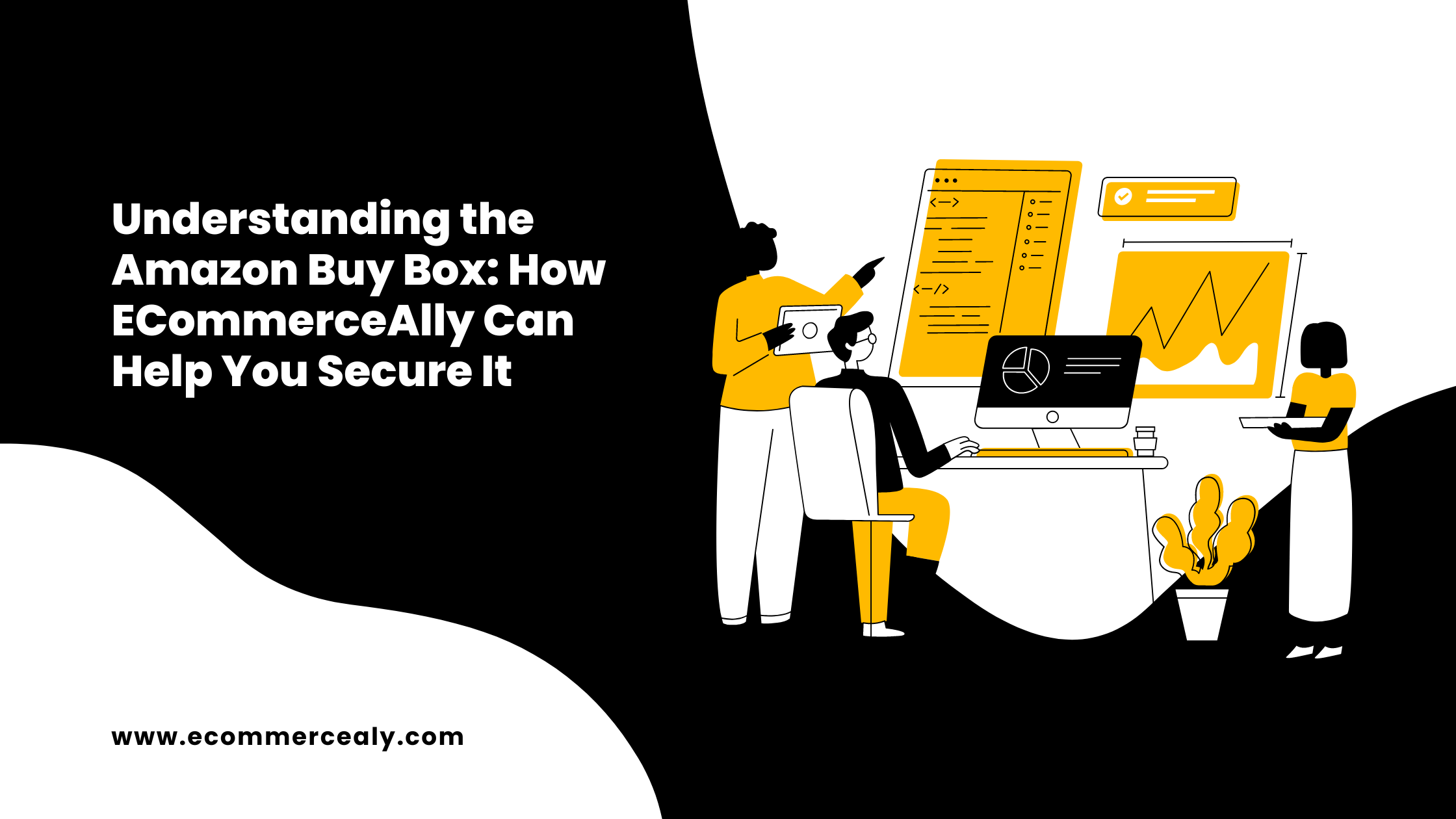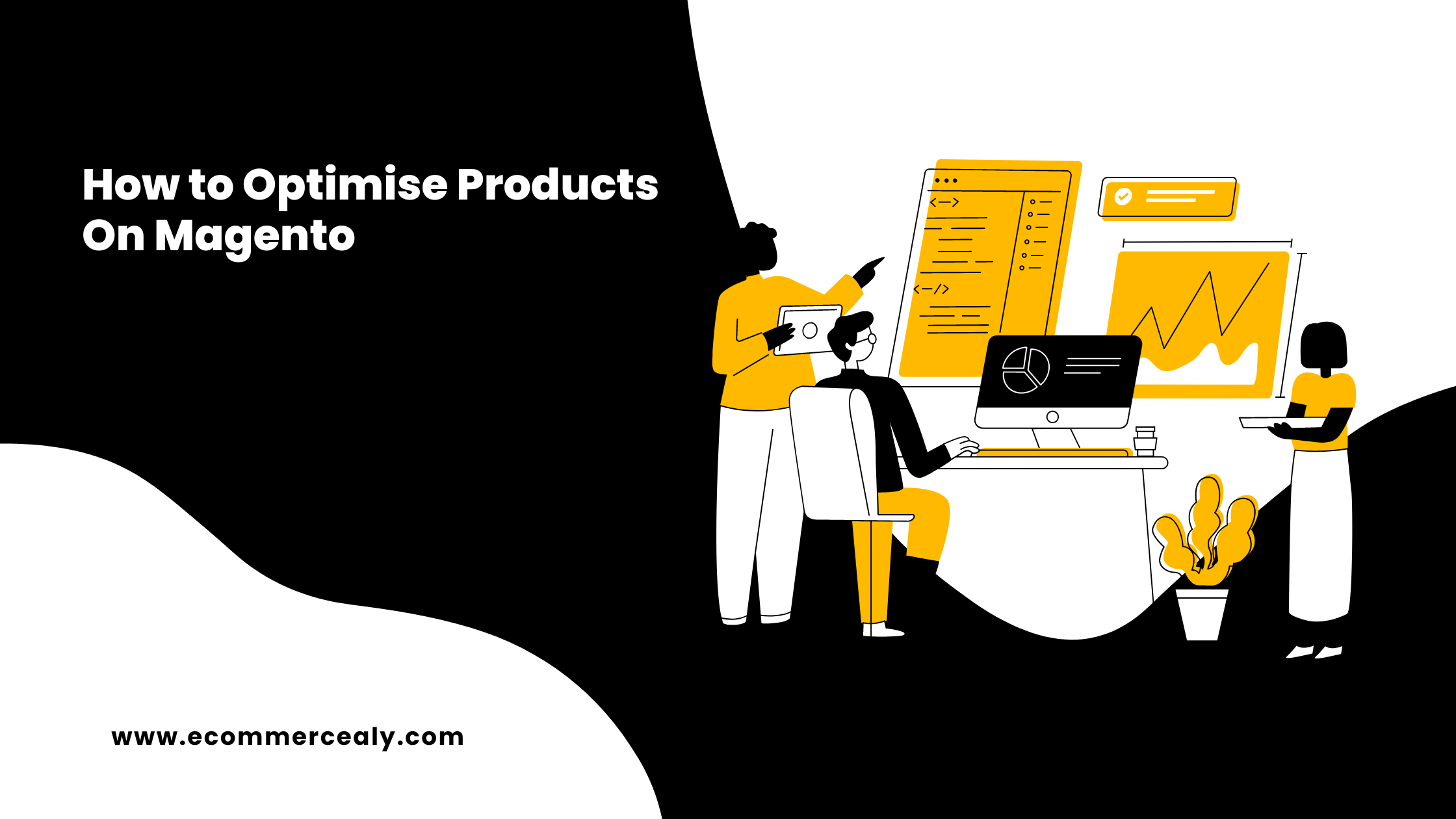Optimising products on Shopify involves a combination of strategies to enhance your product listings, improve user experience, and drive more conversions. Here’s a step-by-step guide to help you optimise your products effectively:
High-Quality Product Images: Use high-resolution images that showcase your products from different angles. Ensure proper lighting and focus on capturing details. Consistent image sizes create a polished look.
Compelling Product Titles: Craft clear and concise product titles that include relevant keywords. Highlight the main product features and benefits within a limited character count.
Detailed Product Descriptions: Write informative, engaging, and SEO-friendly product descriptions. Address customer pain points, explain how the product solves their problem, and include relevant keywords naturally.
Clear Product Attributes and Variants: If your products have different variants (e.g., size, color), organize them logically. Use dropdown menus or swatches for easy selection. Include relevant information like dimensions, materials, and care instructions.
Effective Pricing and Discounts: Set competitive prices based on market research. Highlight any discounts or promotions clearly. Utilize Shopify’s discount features for special offers or bundle deals.
Customer Reviews and Ratings: Enable customer reviews and ratings to build trust. Positive social proof can influence purchasing decisions. Respond to customer feedback, both positive and negative.
SEO Optimization: Optimize your product pages for search engines. Use relevant meta titles, descriptions, and alt text for images. Utilize SEO apps or built-in tools to improve your store’s search ranking.
Mobile-Friendly Design: Ensure your product pages are responsive and user-friendly on mobile devices. Test and optimize the mobile experience to prevent bounce rates.
Fast Loading Speed: Optimize images and use a fast-loading Shopify theme. Slow loading times can lead to abandoned carts. Regularly monitor and optimize your website’s speed.
Clear Call to Action (CTA): Place prominent and persuasive CTAs like “Add to Cart” or “Buy Now” buttons. Use contrasting colors and persuasive language to encourage action.
Cross-Selling and Upselling: Implement related products, “You Might Also Like,” or “Complete the Look” sections. Suggest complementary products to increase average order value.
Structured Data Markup: Add structured data markup (schema.org) to your product pages. This can enhance how search engines display your product information, leading to rich snippets.
Effective Product Categories and Tags: Organize your products into clear categories and use relevant tags for easy navigation. This enhances user experience and makes it easier for customers to find what they’re looking for.
Social Media Integration: Include social sharing buttons and encourage customers to share products on their social networks. Consider running social media campaigns or contests to increase product visibility.
A/B Testing: Continuously test different elements of your product pages (e.g., images, titles, CTAs) to identify what resonates best with your audience and improves conversion rates.
Monitor Analytics: Use Shopify analytics or third-party tools to track key performance metrics. Analyze data on conversion rates, traffic sources, and customer behavior to make informed decisions.
User Reviews and Testimonials: Showcase user-generated content, such as customer photos and testimonials, to build credibility and authenticity.
FAQs and Customer Support: Anticipate customer questions and provide clear FAQs or live chat support. Addressing concerns can alleviate hesitations and boost confidence.
Secure Payment Options: Display trusted payment logos and ensure a secure checkout process. Offering various payment methods can accommodate customer preferences.
Optimize for Local SEO (If Applicable): If you have a physical store, optimize your product pages for local SEO to attract nearby customers.
By implementing these strategies, you can create a well-optimized Shopify store that provides a seamless shopping experience, drives conversions, and ultimately boosts your business’s success.








